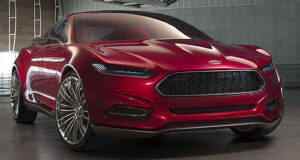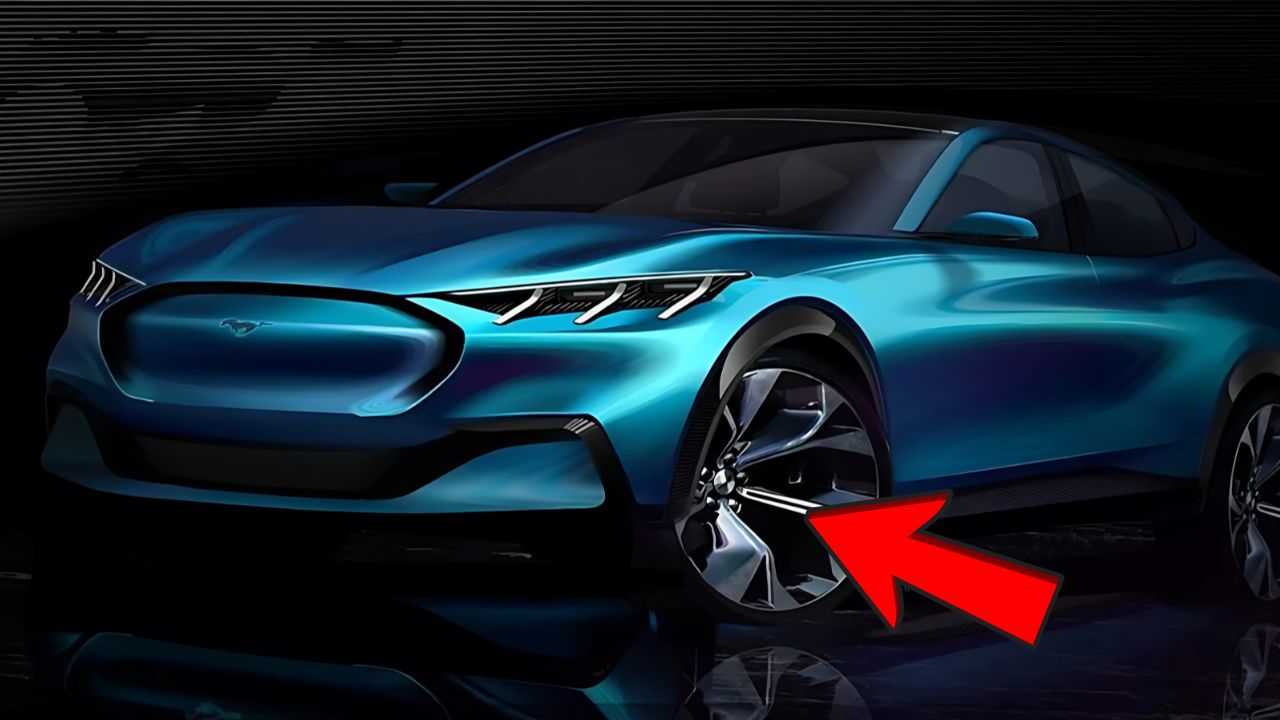The Ford Falcon holds a special place in automotive history, particularly for Australian car enthusiasts who witnessed the end of an era when production ceased in 2016. This comprehensive review examines the final generation models, diving deep into their performance capabilities, fuel efficiency, and value proposition that defined decades of Australian motoring.
The Legacy of Australia’s Beloved Sedan
For over five decades, the Ford Falcon represented more than just transportation—it embodied Australian automotive culture. From police pursuit vehicles to family road trip companions, these cars carved out a distinctive identity in a market dominated by imports. Understanding the Falcon‘s final chapter requires examining what made these vehicles tick under the hood and how they performed in real-world conditions.
Power and Performance Specifications
Engine Options That Defined the Range
The last-generation Ford Falcon offered buyers a carefully curated selection of powertrains, each designed to meet different driving needs and budgets. The base model came equipped with a naturally aspirated 4.0-liter inline-six engine, producing a respectable 195 kilowatts and 391 Newton-meters of torque. This configuration provided adequate performance for daily driving while maintaining reasonable running costs.
However, the real excitement lay in the turbocharged variants. The EcoBoost 2.0-liter four-cylinder engine delivered an impressive 240 kilowatts and 420 Newton-meters of torque, proving that downsizing didn’t necessarily mean sacrificing performance. This engine represented Ford’s global engineering expertise, adapted specifically for Australian conditions.
The Performance King: FPV and XR Models
Enthusiasts gravitated toward the high-performance variants, particularly the FPV range and XR6 Turbo models. These vehicles showcased what happened when Ford’s engineers removed the restraints and focused purely on delivering thrilling driving experiences.
The XR6 Turbo utilized a refined version of the turbocharged inline-six, pushing power output to impressive levels while maintaining a degree of practicality that made it suitable for both weekend track days and Monday morning commutes. The engine’s characteristic growl became synonymous with Australian performance motoring.
Real-World Fuel Economy Analysis
Urban Driving Consumption
Fuel efficiency represented a significant consideration for Falcon buyers, especially given Australia’s vast distances and fluctuating fuel prices. In urban environments, the naturally aspirated models typically achieved consumption figures ranging from 10.5 to 12.0 liters per 100 kilometers, depending on driving style and traffic conditions.
The turbocharged variants required more careful throttle management to achieve optimal efficiency. Under gentle acceleration and cruise conditions, these engines could surprise owners with their frugality, often achieving better consumption figures than their naturally aspirated counterparts during highway driving.
Highway Performance and Long-Distance Touring
Australia’s extensive highway network provided the perfect testing ground for the Falcon’s touring capabilities. During sustained highway cruising, the larger displacement engines demonstrated their efficiency advantages, with consumption dropping to as low as 7.5 liters per 100 kilometers under ideal conditions.
The Falcon’s aerodynamic refinements in its final years contributed significantly to these improved highway figures. Engineers focused on reducing drag coefficients while maintaining the vehicle’s distinctive styling cues that customers expected.
Pricing Structure and Value Analysis
Entry-Level Models and Accessibility
Ford positioned the base Falcon models competitively within the large sedan market, recognizing the pressure from imported alternatives. The entry-level variants offered impressive equipment levels for their price point, including features that were often optional extras on competitor vehicles.
This pricing strategy reflected Ford’s understanding that the Falcon needed to deliver exceptional value to justify its existence in an increasingly crowded marketplace. Standard features typically included dual-zone climate control, comprehensive safety systems, and infotainment technology that rivaled more expensive European alternatives.
Mid-Range and Premium Variants
The mid-specification models represented the sweet spot for many buyers, offering enhanced comfort features, upgraded interior materials, and additional convenience technologies without venturing into luxury car pricing territory. These variants often included leather-appointed seating, premium audio systems, and advanced driver assistance features.

Premium Falcon models pushed the boundaries of what buyers expected from a locally-manufactured sedan. These top-tier variants featured sophisticated suspension tuning, enhanced noise insulation, and interior appointments that wouldn’t have been out of place in vehicles costing significantly more.
Technology and Features Integration
Infotainment and Connectivity
The final Falcon generation embraced modern connectivity requirements, incorporating touchscreen infotainment systems that supported smartphone integration and navigation functionality. These systems represented a significant advancement over earlier generations, though they sometimes struggled to match the intuitive interfaces found in premium import brands.
Voice control functionality and steering wheel-mounted controls helped drivers maintain focus on the road while accessing various vehicle systems. The integration of these technologies demonstrated Ford’s commitment to keeping the Falcon relevant in an evolving automotive landscape.
Safety Technology Implementation
Safety remained a paramount concern throughout the Falcon’s development, with the final models incorporating advanced driver assistance systems that elevated the vehicle’s protective capabilities. Electronic stability control, multiple airbag systems, and crumple zone engineering reflected decades of safety research and development.
The inclusion of features like blind-spot monitoring and rear cross-traffic alert in higher-specification models demonstrated Ford’s commitment to introducing cutting-edge safety technology across their range, not just in luxury vehicles.
Driving Dynamics and Handling Characteristics
Suspension Tuning and Ride Quality
Ford’s engineers devoted considerable attention to achieving the ideal balance between ride comfort and handling precision. The Falcon’s suspension system utilized a combination of traditional engineering principles and modern refinements to deliver a driving experience that satisfied both daily commuting requirements and spirited weekend driving.
The rear-wheel-drive configuration provided inherent balance advantages, particularly when cornering at higher speeds or navigating winding country roads. This layout also contributed to the vehicle’s towing capabilities, making it popular among buyers who needed to haul boats, caravans, or work trailers.
Steering Feel and Road Connection
One aspect that consistently impressed automotive journalists and owners alike was the Falcon’s steering system. The electric power-assisted setup provided excellent feedback while reducing parasitic losses compared to hydraulic alternatives. This system contributed to both the vehicle’s fuel efficiency improvements and enhanced driving engagement.
The steering’s progressive weighting meant that parking maneuvers remained effortless while highway driving maintained the precise control that experienced drivers appreciated. This calibration represented years of refinement and testing on Australian roads.
Ownership Experience and Running Costs
Maintenance Requirements and Service Intervals
Ford designed the Falcon’s service schedule to minimize ownership disruption while maintaining optimal performance and reliability. Extended service intervals reduced the frequency of workshop visits, while the widespread availability of parts and qualified technicians helped control ongoing costs.
The mechanical simplicity of the naturally aspirated engines particularly appealed to owners who preferred straightforward maintenance procedures. These powertrains utilized proven technology that mechanics across Australia understood thoroughly, contributing to reasonable service costs throughout the vehicle’s lifecycle.
Insurance and Registration Considerations
Insurance costs for Falcon models varied significantly depending on the specific variant and intended usage. The high-performance models naturally attracted higher premiums due to their increased power output and appeal to younger drivers. However, the base models often benefited from favorable insurance classifications due to their excellent safety ratings and mature buyer demographic.
Registration costs remained consistent with other large sedans in the Australian market, though some states offered incentives for locally-manufactured vehicles during the Falcon’s final production years.
Market Position and Competition Analysis
The Falcon faced intense competition from imported sedans that offered different value propositions. Japanese alternatives emphasized reliability and fuel efficiency, while European competitors focused on premium features and advanced technology integration. The Falcon’s unique selling points centered on its local adaptation, spacious interior, and distinctive Australian character.
Understanding this competitive landscape helps explain many of the engineering and pricing decisions that shaped the final Falcon generation. Ford’s engineers needed to balance cost constraints with performance expectations while maintaining the vehicle’s distinctive identity.
Frequently Asked Questions
What was the most fuel-efficient Ford Falcon engine option?
The EcoBoost 2.0-liter turbocharged four-cylinder engine typically delivered the best fuel economy figures, achieving approximately 7.2 liters per 100 kilometers during combined driving conditions when driven conservatively.
How did Ford Falcon pricing compare to imported competitors?
Ford positioned the Falcon competitively against imported large sedans, often offering more standard equipment and local warranty support at similar price points, making it an attractive value proposition for Australian buyers.
What made the Ford Falcon unique in the Australian automotive market?
The Falcon’s rear-wheel-drive configuration, local engineering adaptations for Australian conditions, distinctive styling, and strong towing capabilities distinguished it from front-wheel-drive imported alternatives that dominated the market segment.
